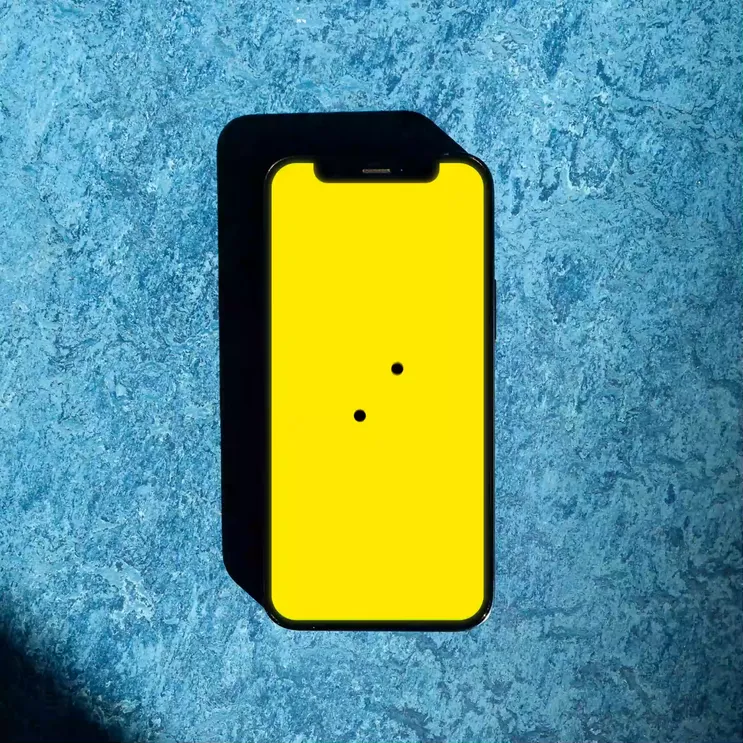Design
5 min read
Near-Bankrupt Blunders: Notorious Mistakes by Big Brands
The corporate world is an arena where a misstep can cost not only millions of dollars but can tarnish a brand’s reputation, sometimes irreparably. This article delves into six branding mishaps; cautionary tales from iconic companies like Coca-Cola, Gap, JCPenney, BlackBerry, Kodak, and Toys ‘R’ Us.
Each of these brands faced significant backlash due to poor strategic decisions, from product redesigns to failed adaptation to emerging trends.
While not all faced bankruptcy, each experienced substantial losses and suffered damage to their brand image.
Through their misadventures, we gain valuable insights into the importance of consumer sentiment, timely adaptation, and the potential high cost of miscalculations in business strategies.
1. New Coke: The Coca-Cola Company
In 1985, Coca-Cola attempted to rebrand its signature product by introducing “New Coke,” a reformulated version of its classic soda. However, customers detested the change, and the public outcry was so strong that Coca-Cola was forced to bring back the original formula only 79 days later, under the new name “Coca-Cola Classic”. This event is often considered one of the biggest marketing blunders in history. Although it didn’t push Coca-Cola to the brink of bankruptcy, the backlash did inflict a significant blow to the company’s reputation and bottom line.
2. The Gap: Logo Redesign
In 2010, the American clothing brand Gap decided to change its iconic logo, which had been used for more than 20 years. However, the new design was met with a huge public backlash. Customers complained that the new logo was bland and unappealing, and Gap quickly reverted to the old design after only a week. While this mishap didn’t lead to bankruptcy, it did tarnish Gap’s brand image and reportedly cost them a hefty sum in design and marketing expenses.
3. JCPenney: Pricing Strategy Overhaul
In 2012, JCPenney implemented a radical change in their pricing strategy. The new CEO, Ron Johnson, wanted to eliminate sales and introduce “everyday low prices” instead. This strategy backfired spectacularly as customers, used to frequent discounts and sales, perceived the products as more expensive. The company lost approximately 1 billion dollars in the first year of implementing the strategy. Johnson was ousted, but the damage was done: JCPenney struggled to recover, and although it didn’t go bankrupt immediately, the company did file for Chapter 11 bankruptcy in 2020.
4. BlackBerry: Slow Adaptation to Touchscreen Devices
BlackBerry was once a dominant force in the mobile phone market, particularly popular for its physical QWERTY keyboard. However, when Apple introduced the iPhone in 2007, the smartphone market began to shift towards touchscreen devices. BlackBerry was slow to adapt to this change, sticking with its keyboard-centric design for too long. By the time they launched their first touchscreen device, it was too late to regain the lost market share. This led to significant financial losses, and although they managed to avoid bankruptcy, the company was forced to stop manufacturing smartphones.
5. Kodak: Failure to Adapt to Digital Photography
The iconic photography company Kodak once controlled about 90% of the US film market. However, it failed to embrace digital technology, even though it was Kodak’s own engineer who invented the first digital camera in 1975. By the time the company realized the potential of digital photography, it was too late, and competitors had already established themselves in the market. Kodak filed for bankruptcy in 2012, marking a dramatic fall for a brand that had been a household name for decades. The company emerged from bankruptcy a year later, but its glory days of dominating the photography market were over.
6. Toys ‘R’ Us: Ignoring E-commerce
Toys ‘R’ Us, once a dominant player in the toy retail business, filed for bankruptcy in 2017. Despite warnings from experts about the rise of e-commerce, the company failed to invest sufficiently in online retail. Instead, they signed a 10-year contract with Amazon in 2000 to be the exclusive vendor of toys on the site, a deal they pulled out of in 2004. This failure to adapt to the digital age and keep up with competitors like Amazon and Walmart led to the company’s downfall.























